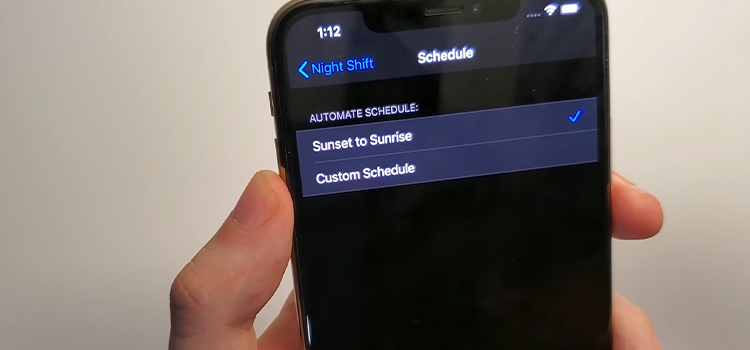What Is a Multi-Format Blu-Ray? | Everything You Need to Know
All thanks to the advance of technology, everything got easier than before. Now we can store thousands of high-resolution videos easily in a small gadget. Blu-ray disk is also one of those incredible data storage. It works with most movie and television sets, and also for those who have Blu-ray disc drives on their computers.
But what is a multi-format Blu-ray? Blu-ray disks come in several formats, and a multi-format Blu-ray means you will get more than one format of the video, so you can pick the one format you need or the other format can act as spare parts. To know more about Blu-ray disks, stay till the end.

An Overview of What Is a Multi-Format Blu-ray
Blu-ray is an optical disc data storage format that is most commonly used for high-definition video playback. And “multi-format” before this disk usually means that your purchase includes more than one copy of the film.
It can be Blu-ray and DVD, one of the disc formats plus a free download for portable players, or all three (Blu-ray, DVD, and download)! The packaging will indicate which formats are available.
Before, “multi-format” used to mean a double-sided disc, with one side full-screen (for 4:3 CRT sets) and the other widescreen (for 16:9 HDTVs).
Why Is Multi-Format Cheaper Than Blu-ray?
Multi-format is less expensive than just a Blu-ray, it’s because they don’t get store returns from people buying the wrong disc, which saves time and money as well as disc returns for the studio that can’t be sold as used.
Are There Different Blu-ray Formats?
When Blu-ray first became available, there were only two types of discs, writeable and rewriteable. After a while, dual-layer Blu-ray discs became available. These Blu-ray discs, like dual-layer DVDs, can hold twice as much data as regular discs. Now there are mainly 3 types of Blu-ray formats.
1. BD-R, BD-RE, BD-DL Discs
BD-R discs are write-only, whereas BD-RE discs are rewriteable. These discs are typically 25 GB in size and have only one layer. These are around $1 per disc. The dual-layer BD-RE discs are considerably more expensive, costing more than $2 per disc and 50GB in size.
A BD-RE DL disc which is 50GB and rewriteable, is even more expensive, costing around $3 per disk.
2. BD-XL TL, BD-XL QL, BD-XL DS TL
BD-XL discs first came in two varieties, triple layer (TL) and quadruple layer (QL). A BD-XL TL disc can store up to 100 GB of data, while a BD-XL QL disc can store up to 128 GB. With increased size comes increased cost! BD-XL TL discs begin at around $10 per disc.
The Blu-ray Disc Association has also approved BD-XL DS (double-sided) TL, which will support up to 200 GB but will only be cost-effective for commercial uses such as data centers, cloud computing, and so on.
Consumers can only get a BD-XL burner and a BD-XL TL disc with a storage capacity of up to 100 GB. That’s still a lot of information on a single disc!
3. BD-ROM Ultra HD 4K
In 2015, the Blu-ray Disc Association announced that the new 4K Blu-ray disc format will support Ultra HD 4K videos at an FPS (frame per second) rate of 60. 4K TVs are selling like hotcakes right now, because these TVs support high dynamic range, and display more colors, details, and highlights.
What is the Highest Quality Blu-ray Format?
Unfortunately, the 4K Blu-ray sets are significantly more expensive than your Vizio 4K set. When first a native 4K player came to market, it used to cost between $400 and $600, but it provided true 4K resolution as long as you buy the new 4K Blu-ray UHD discs too.
Of course, you’ll need to spend a lot of money to enjoy this incredible resolution. But watching your favorite films with high resolution is worth that money, won’t you say?
Final Words
Hopefully, this article has given you a better understanding of what is a multi-format Blu-ray, what is Blu-ray technology, and where it is headed. Before purchasing any format, first and foremost make sure your player supports that format. Enjoy realistic Blu-ray films!
Subscribe to our newsletter
& plug into
the world of technology





